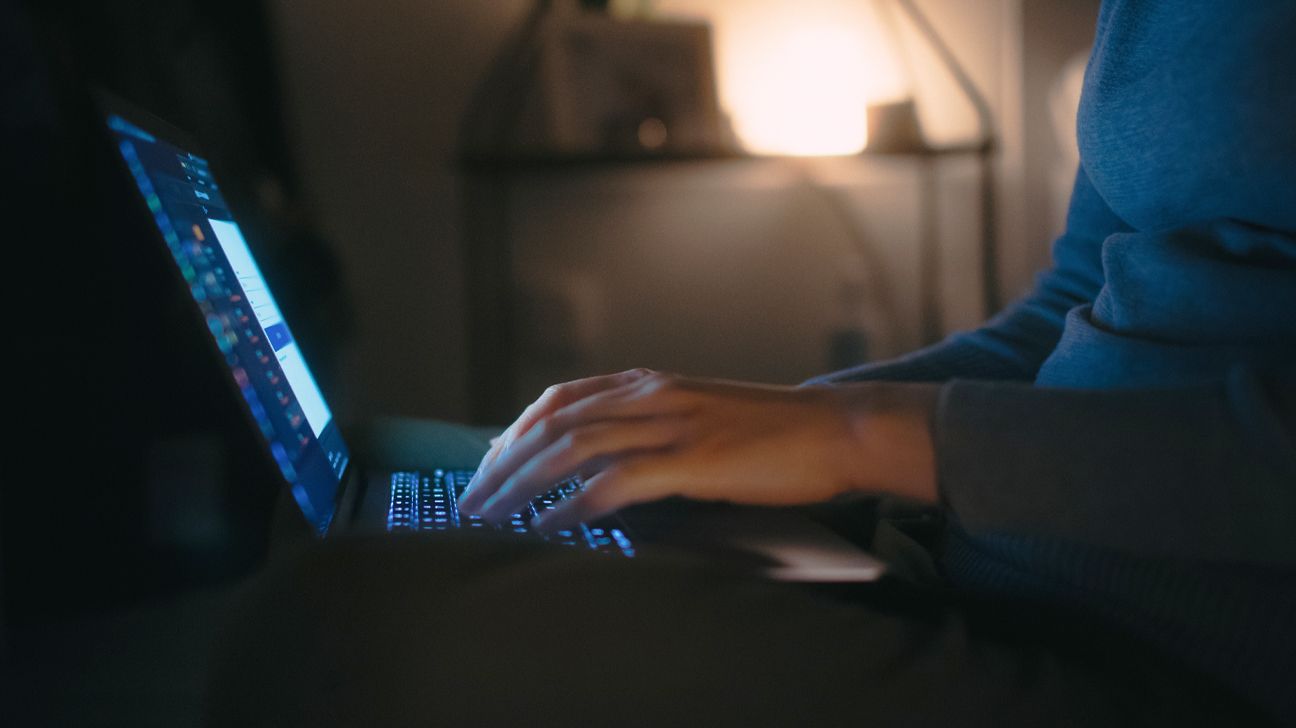
- The World Health Organization (WHO) has issued a global warning about the rise of fake GLP-1 drugs like Ozempic and Wegovy being sold through counterfeit websites.
- High prices and shortages make sites like these appealing to consumers.
- Experts say counterfeit drugs can pose health risks since it’s impossible to know what’s in them.
- It is important to verify the legitimacy of any online pharmacy that you use.
The World Health Organization (WHO) has issued a global warning about the increasing danger of fake online pharmacies selling counterfeit GLP-1 receptor agonist medications like Ozempic and Wegovy.
This is the first official notice WHO has issued after confirmation of increasing reports that counterfeit doses of the drug have been seized by the authorities in Brazil, the United Kingdom, Northern Ireland, and the United States of America.
GLP-1 drugs are used to increase insulin sensitivity and stimulate insulin secretion, as well as reduce blood sugar in patients with type 2 diabetes.
They are also capable of inducing weight loss in those with obesity.
However, they can be expensive without insurance. For example, a carton of Ozempic can cost around $1,000 at most U.S. pharmacies.
Additionally, some products, like Wegovy, which is specifically approved for obesity treatment, are still experiencing shortages due to high demand.
Unfortunately, these factors create an opportunity for purveyors of fake prescription drugs to come in and take advantage of consumers.
“WHO advises healthcare professionals, regulatory authorities and the public be aware of these falsified batches of medicines,” Dr Yukiko Nakatani, WHO Assistant Director-General for Access to Medicines and Health Products, said in a
Catherine Rall, a Registered Dietitian with Happy V, said the biggest danger with buying from fake drug websites is you simply don’t know for sure what you are getting.
“Any time you’re taking an unregulated drug, you’re taking a huge risk since it could literally contain anything,” she said.
“The best case scenario, outside of the unlikely idea that someone is selling Ozempic at below-market prices, is that you get an inert placebo,” said Rall. “There’s also a huge risk that you’re putting something dangerous into your body.”
According to Nancy Mitchell, a registered nurse and a contributing writer at Assisted Living Center, one risk is that you’ll receive products laced with heavy metals and harmful toxins.
“Every year, hundreds of people show up in the ER with severe allergic reactions or lead poisoning that they acquired from some unknown generic source,” she said.
The Food and Drug Administration further points out that since most GLP-1 drugs are injected, there is a
Novo Nordisk, the maker of Ozempic, further notes that there is no way to confirm the efficacy of fake diabetes medications. This could be dangerous for people who need them to control their blood sugar.
Learn more about how to get GLP-1 medications from vetted and trusted online sources here:
- How to Get Ozempic: Everything You Need to Know
- Where to Buy Ozempic Online
- How to Get Wegovy for Weight Loss In Person and Online
- How to Get a Wegovy Prescription Online
- How to Get Zepbound: What We Know So Far
- Where to Buy Zepbound Online
- How to Get Mounjaro (Tirzepatide)
- Where to Buy Mounjaro (Tirzepatide) Online
Dr. Eldad Einav, an obesity medicine specialist at Drugwatch, said that people often get fooled by fake drug websites because they copy real online pharmacies.
“These fake sites often use deceptive tactics to appear genuine, such as copying branding and logos of reputable pharmaceutical companies,” he said.
Consumers may also be enticed by discount pricing and promises of quick results.
In order to determine whether an online pharmacy is legitimate, Einav suggests the following:
- Use reputable online pharmacies. “Look for verified contact information, secure payment methods, and accreditation from regulatory authorities,” he advised.
- Verify the medication’s authenticity. “Research the medication’s appearance, packaging, and manufacturer before purchasing,” Einav said. Compare it with the product that is being offered. Companies like Novo Nordisk may offer photos of real and fake products that you can view for comparison.
- Beware of suspiciously low prices. Deep discounts may mean that the product is counterfeit or expired, he explained.
- Consult a healthcare professional. A doctor or pharmacist can help you verify whether a website is real in addition to instructing you on how to use medications safely, said Einav.
- Look for accreditation. “Look for verified seals or certifications on the website,” he said. The National Association of Boards of Pharmacy provides a database of accredited pharmacies.
- Ensure prescription requirements. According to Einav, if medications are sent to you directly without the need for a prescription from a licensed physician, this is a tell-tale sign that they aren’t a legal pharmacy.
- Verify pharmacy credentials. Finally, before you make your purchase, verify that the pharmacy has an active license in the state where it dispenses medications. “If in doubt about a pharmacy’s legitimacy, refrain from using its services,” he concluded.
The World Health Organization (WHO) has issued a global warning about the rise of fake GLP-1 drugs like Ozempic and Wegovy being sold through counterfeit websites.
According to healthcare professionals and government agencies, fake pharmacies are dangerous to consumers because it’s impossible to know exactly what is in the products they sell.
Risks range from the products simply not being effective to them containing life threatening contaminants.
Experts say it is important to verify the credentials of any online website that you use to purchase your medications. If you are in doubt about its legitimacy, it’s best not to use it.
